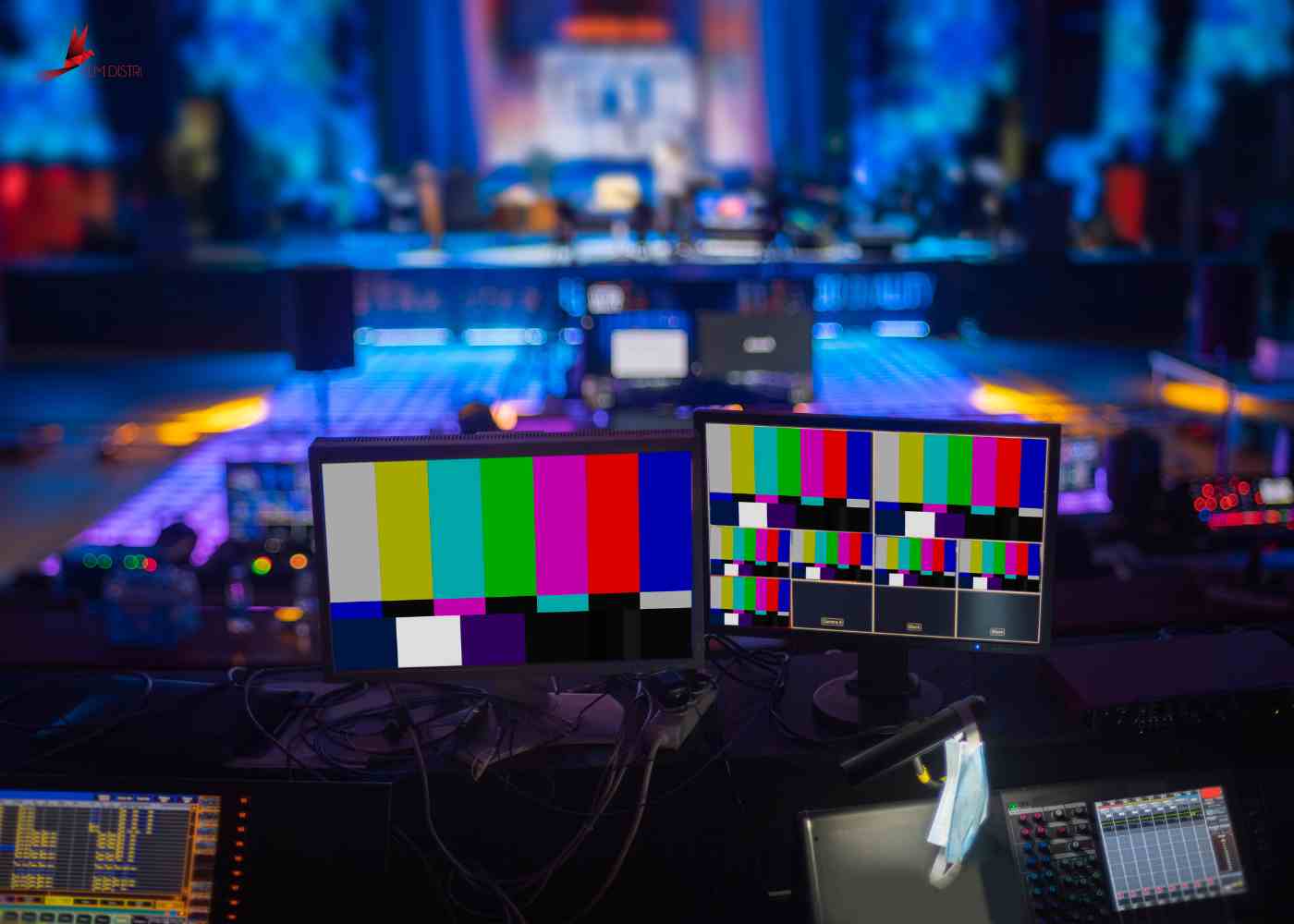On any given day of the week, especially on the weekends, you can change the stations and witness some broadcaster producing a live event.
It might be a live press conference, a sporting event, a concert, an awards ceremony, or any other event you're watching at home. Technically speaking, there is some lag between what happens on the field or stage and what appears on your TV screen, but who's counting?
What is live event video production, and why is it important? may appear a little too blatant. You see it all the time if you watch television, after all. However, the staging of a live event involves more than just the stunning visuals and amazing audio you experience on your HDTV or 4K screen and home theater system.
There is the manufacturing process, which has changed significantly over the past year or so.

The Evolution of Production
Even with a 53-foot movable production trailer with pull-out sides, that is a challenging request. After all, it is customary to find the producers, director, technical director, sound engineer, replay operators, graphics staff, and engineer-in-charge crammed together in a production trailer while filming a typical live event, such as sports.
While sports production was suspended during the first few months of the pandemic, broadcasters and the facilities businesses they frequently employ to produce live events looked for alternatives.
A virtualized REMI (remote integration model) manufacturing method has proven to be a successful strategy. While REMI production is based on sending signals from the cameras used to cover a live event to a centralized brick-and-mortar facility where video is switched, audio is mixed, replays are added, and graphics are added, a virtualized version moves that real-world studio and its production capabilities into the cloud.
Rescue through Remote Production
Technical directors, replay operators, audio engineers, and the rest of the crew could safely collaborate on the same show while physically apart thanks to the cloud. Each person just used a laptop computer and an internet connection to access the virtualized, cloud-based versions of the tools they regularly use in a production trailer.

Aside from the apparent advantage of safeguarding the crew's health and safety during the pandemic, cloud-based video production also provides reduced costs, more staffing flexibility, more effective workflows, and an overall increase in productivity.
However, the cloud virtualization of video creation was not just for live athletic events. Actually, it hasn't just been on television. Any video producer with a live event to produce, whether for a client in education, government, business, or another sector, can use this cloud-based production method.
Checklist for Live Event Production
Each of those tasks is carried out by the TVU Producer from TVU Networks either alone or in conjunction with external cloud partners. Live event producers can delegate particular production tasks to several people using TVU Producer. The technical director and sound engineer, for example, have access to several camera streams and recorded video sources, and each is in charge of controlling the content required to complete a certain task, such as audio channels.
Switched video, audio, graphics, and all the other components are then seamlessly recombined, uploaded online or on social media, or transmitted to an encoder for on-air broadcast to television viewers.
TVU Network's TVU Partyline additionally supports intercom and IFB communications to help production personnel and talent during the event. The system also enables remote guests, regardless of their location, to contribute real-time video and engage in dialogue.
In a similar vein, TVU Networks' recently unveiled TVU Remote Commentator makes use of the cloud to enable play-by-play announcers and color commentators to call live sporting events, synced to game action and to each other in real-time.
Competition at Kalis Crossfit
Due to COVID-19, organizers decided not to require the participants to go to Manila, Philippines, so they instead asked them to submit video from their smartphones so that they, judges, volunteers, and the audience could view each athlete.
In collaboration with the TVU Networks Philippines team, a solution based on two TVU Partyline instances and three TVU transceivers was implemented to record and broadcast the contest. On-site judges could communicate, work together digitally in real time, and keep an eye on each distant athlete with broadcast-quality video thanks to one Partyline application. During each round of competition, 10 athletes may be seen on screen at once thanks to the other instance.
A Look into the Future
Video producers will have good reason to reconsider how many events they actually need to cover with a full deployment of production staff and which can be produced just as effectively in the cloud given the improved efficiencies, lower costs, and productivity benefits available there.
The benefits of the switch will only increase over time as TVU Networks continues to explore new methods of enhancing live production in the cloud.







